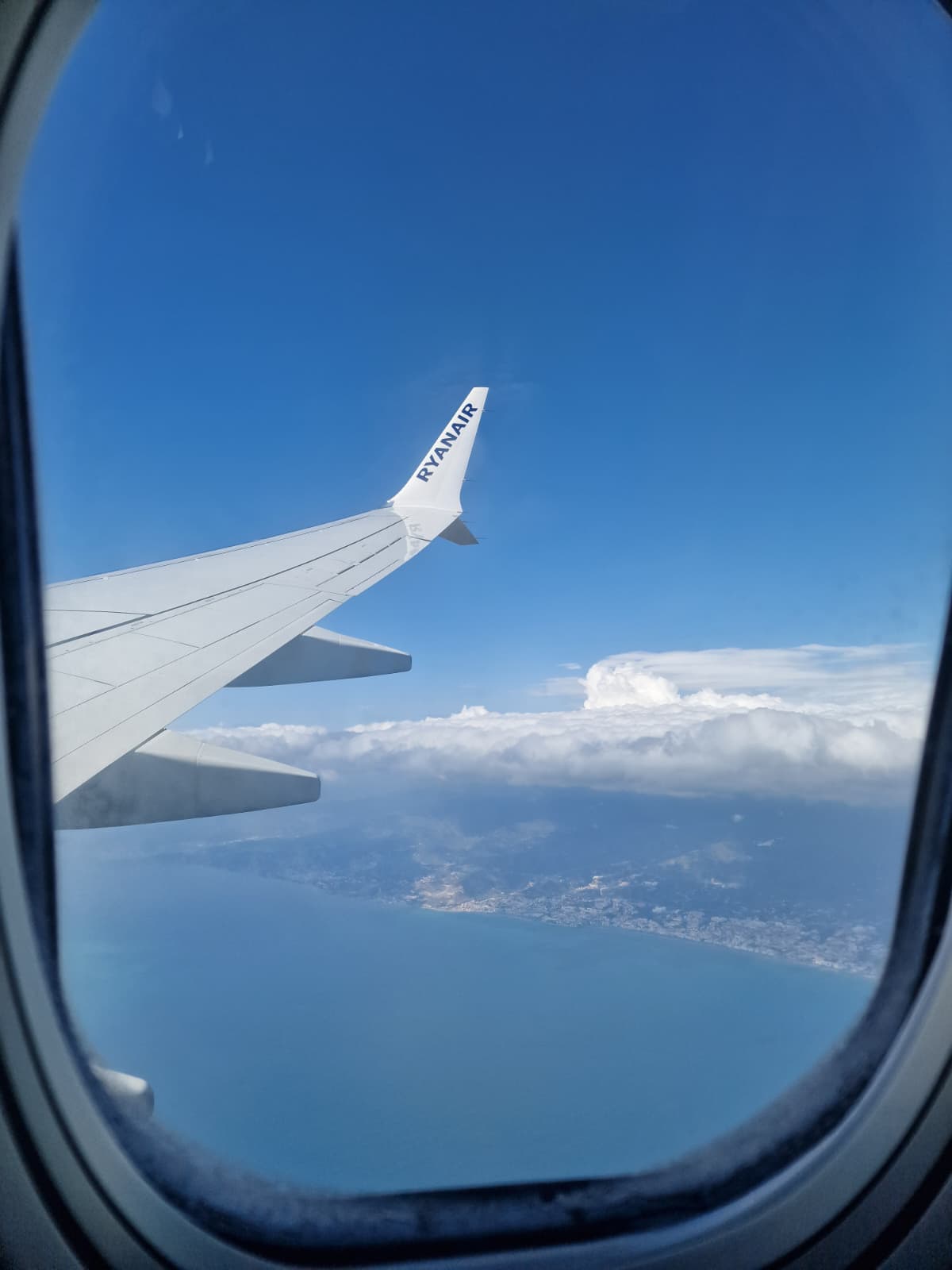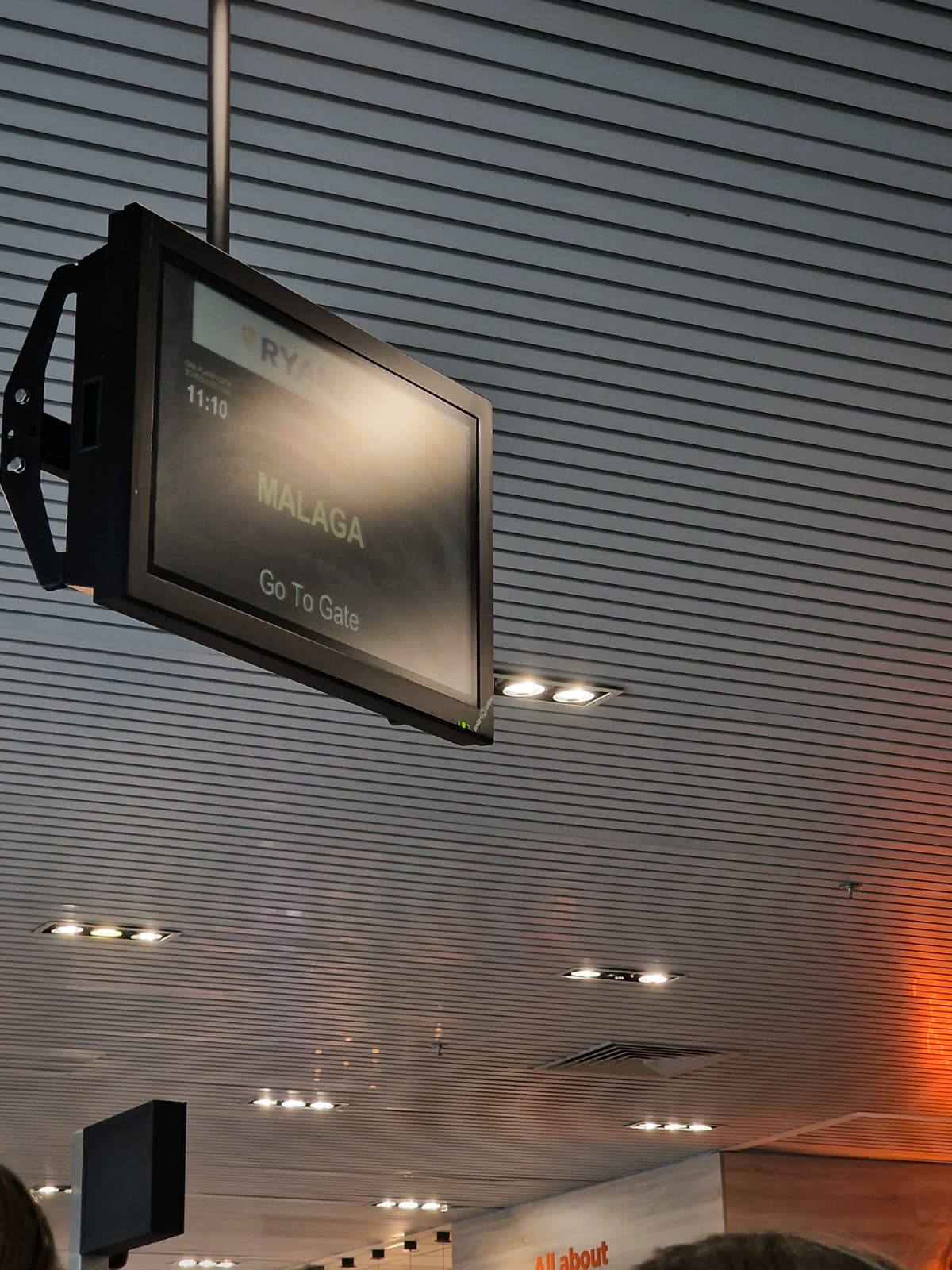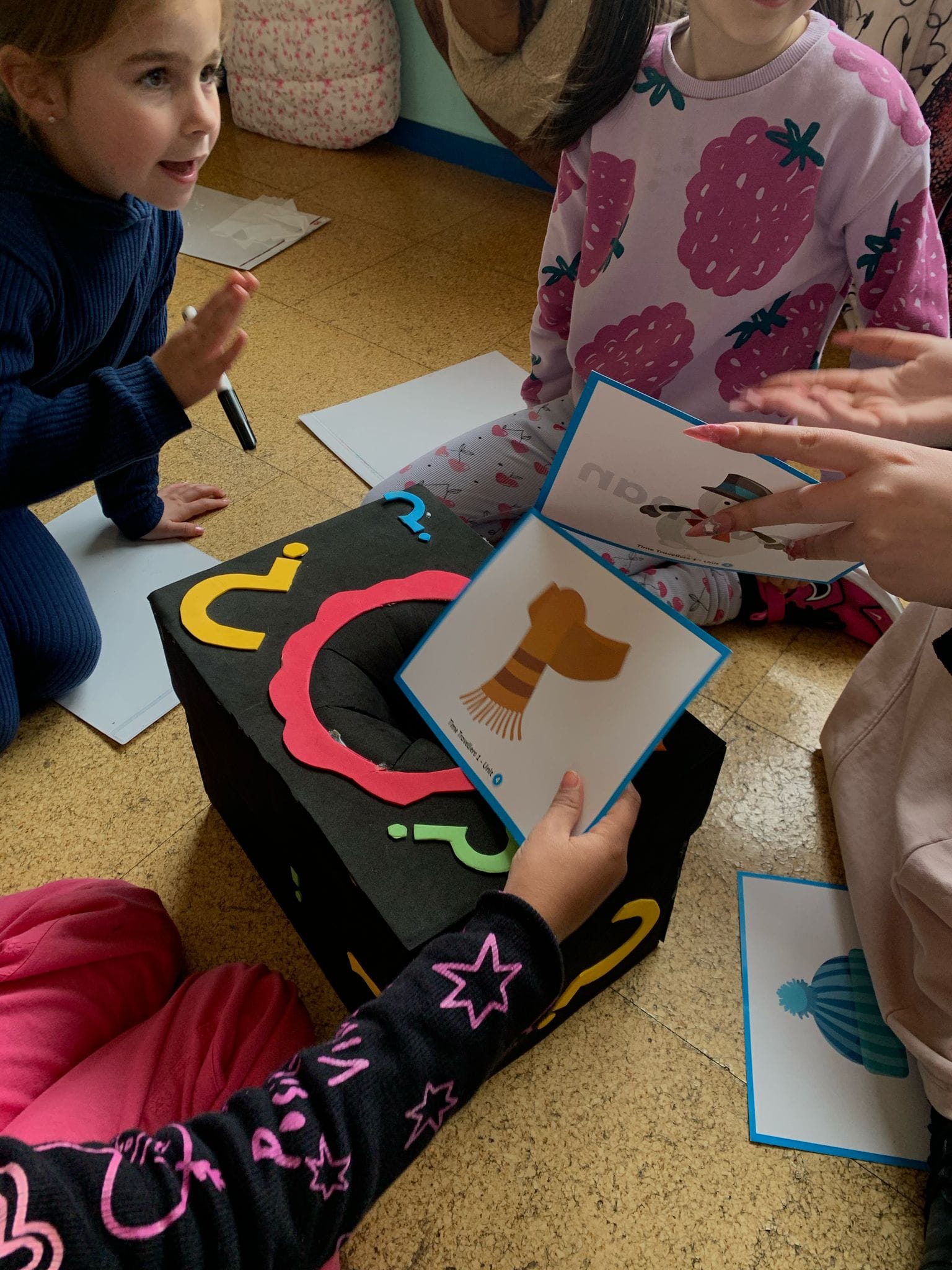The day began with a math lesson, during which the children were given a test to complete. Before starting, the teacher gave instructions for each exercise. During the test, she walked around the classroom, offering support to the students.
It was clear that the teacher speaks very clearly and repeats important points to ensure everyone understands. She also did not impose a time limit—the test ended when all the children had finished. Meanwhile, those who completed the test early received a worksheet.
3rd Grade: Spanish Language
The teacher starts by reading aloud the text from the textbook titled "MIEDO SIN FIN" (this text is about a monster who goes to the library to ask for a horror book). After reading the text, the teacher writes the title and date on the board (note: when writing the date, a class monitor comes up and writes the date on the board as well, exactly as the teacher writes it) (note: when writing the date, the teacher uses different colors for each number: 2025 = 2 green, 0 blue, 5 orange).
All students use a regular pencil to write in their notebooks (only for the date, they use colored pencils).
After finishing the reading, the teacher asks the students to identify pairs of nouns and adjectives in the text. Based on the pairs they find, the teacher explains how the agreement between the noun and the adjective works. She asks them to find adjectives that agree in gender and number, as well as adjectives that do not change form.
Based on the text, the teacher moves on to the following exercises:
She asks the students to think of an appropriate title for the text (telling them the title must be related to the action in the text).
She asks them to choose the right cover for the book the monster starts reading in the text and explains the importance of the cover, analyzing each of the 3 options and explaining why the first two do not fit the action described in the text.
As the final exercise, after they have completed everything in the textbook, the teacher plays the audio version of the text from the digital textbook and asks the students to briefly tell what happens in the text.
Group: 3-Year-Olds
9:15 – The morning starts with lots of good energy, songs, and movement. The children have three songs:
- "Hello, hello, how are you?"
- A dance song
- A song with body warm-up movements, gymnastics, and balance exercises
9:25 – Morning Meeting
They begin with a "Good Morning" song, followed by a child responsible for attendance that day. The child comes forward, calls out each name from the attendance chart on the wall, and counts the students, practicing numeration.
Next, they sing a weather song and complete the daily calendar. The teacher sings a short personalized song for each child: "Hello, (name), how do you feel today?" and each child describes their mood in one word.
The child responsible for attendance then receives number cards from 1 to 10. As the children sing about each number, the child places them in ascending order. Once finished, they count aloud in both ascending and descending order. Each child then takes their assigned attendance number and places it back.
The teacher writes the date on the board, pronouncing each letter and number for the children to repeat in unison. The child of the day writes their name on the board (e.g., 8 ANTONIO) and draws a weather-related image (a cloud with raindrops).
Together with the teacher, the children break down each name into syllables, clapping to count them.
9:40 – Number Recognition Game
The children line up in a row while the teacher writes four random number sequences (1-7) on the floor with chalk.Example: 3 4 5 1 6 2
The teacher calls out a number, and each child must run and stand on the correct number, then perform an action:
2 → Each child finds number 2, stands on it, and jumps twice.
3 → Each child finds number 3, stands on it, and claps three times.
For the remaining numbers that weren’t used, children receive wet wipes to erase them.
9:50 – Alphabet Practice
The teacher plays an alphabet song on the smart board. After listening, the children identify letters that match the first letter of their names.
After alphabet practice, they receive a worksheet focused on the number 2, where they: practice writing the digit, associate it with quantity (coloring two stars and drawing two clouds), complete a sequence using red and green dots
11:00 – Handwashing and Snack Time
11:30 – Playtime






































































